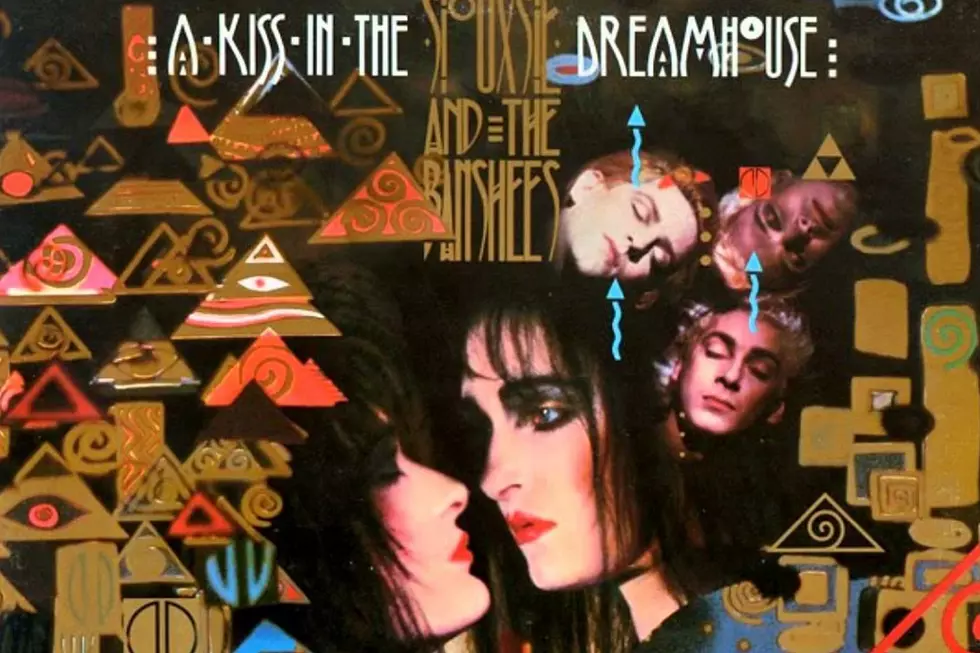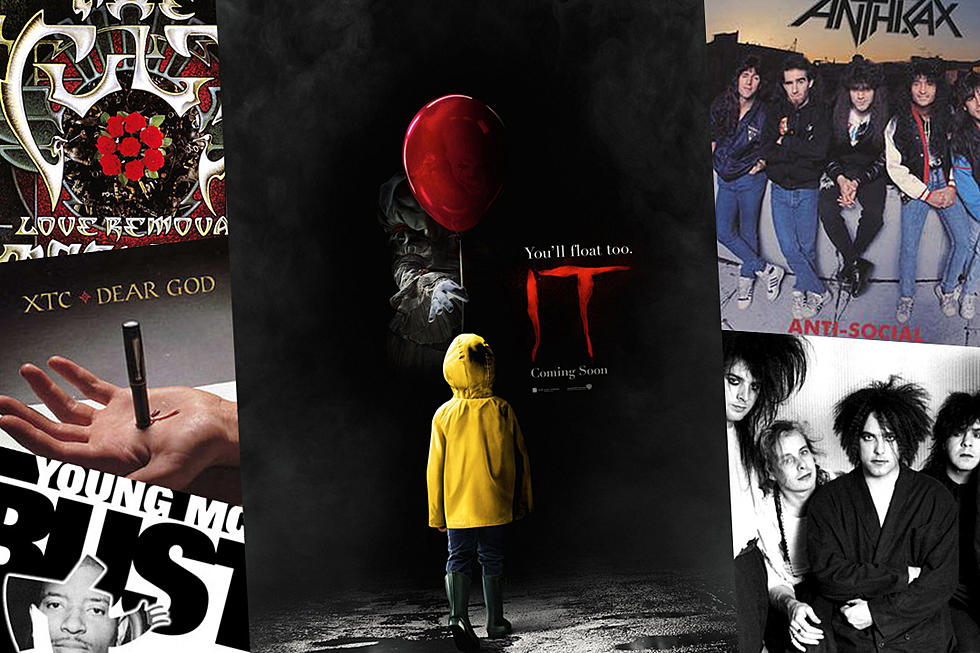
30 Years Ago: Siouxsie and the Banshees Ignite the Mainstream With ‘Tinderbox’
By the time Siouxsie and the Banshees got around to recording their 1986 album, they’d already put fans through so many left-field side projects self-indulgent experiments, they could've released 40 minutes of post-punk polka and nobody would have batted a heavily mascaraed eyelash.
From the late ‘70s to the early ‘80s, singer Siouxsie Sioux and the Banshees had gradually and gracefully evolved from an edgy U.K. post-punk outfit to an elegant gang of goth avatars. But after that, they seemingly started looking around and asking themselves, “Is that all there is?” With Tinderbox, they answered assuredly, “No."
The mid ‘80s were a time of turbulence and expansion in equal amounts for the band. The big shifts began when guitarist John McGoech (a key figure in the development of the band’s sound) was booted, allegedly due to issues with alcohol. For his replacement, they called on their old pal Robert Smith of the Cure, who had just reached the U.K. Top 10 for the first time with "The Love Cats." It was an unintended hit that Smith described as a "joke" to Rock & Folk magazine. "Composed drunk, video filmed drunk, promotion made drunk," he said. Smith performed with the Banshees during the tour in support of their second album, 1984's Hyæna. And he was summoned back into the fold again, bringing a dose of the neo-psychedelia influencing the Cure with him.
The Banshees' own sound begin to get trippier (a stand-alone single of their take on the Beatles’ “Dear Prudence” became their biggest hit to that point), but bassist-keyboardist Scott Severin formed a splinter psych duo with Smith called the Glove and focused on the their 1983 album, Underground Sunshine. At the same time, Banshees drummer Budgie and Siouxsie Sioux formed their own side project called the Creatures and released an album of voice-and-percussion weirdness.
Then, when the pressure of being in two bands proved too much for Robert Smith, he returned exclusively to the Cure. Clock DVA guitarist John Valentine Carruthers came aboard and new lineup released The Thorn EP featuring new versions of old songs performed with a full orchestra.
So when it came for the 1985 sessions that would become Tinderbox, it was anybody’s guess what the next proper Siouxsie and the Banshees album would sound like. And, in a way, what they actually came up with might have been what was least expected of them at that point.
Rather than venturing further into detours or departing for entirely new ones, the band seemed to either overtly or subconsciously take stock of their strengths and their status at the time, consolidating the various stylistic threads of their vision into something consistent and cohesive. The result was one of their strongest, most sonically solid albums to date.
The album's rallying cry is “Cities in Dust." Released ahead of the record, it signaled that the new Banshees had taken a step forward and a solidified past advances. It shows a combination of pop accessibility, electronic textures and danceability that helped make it their first song to gain any commercial headway stateside, where their appeal had been strictly far from the mainstream. But the doomy subject matter (it's a song about the destruction of Pompeii) let longtime fans know the band hadn’t gone over to the bright side.
The album’s other single, “Candyman,” isn’t exactly a lyrical walk in the park either. It's a nightmarish window into child molestation complete with a coldly ironic, hauntingly childlike refrain. But the bracing, post-punk-flavored guitar attack hearkens to the band’s beginnings, and the combination proved potent enough to land the tune in the British Top 40.
Despite the throngs of new fans, the Banshees still had plenty to offer the goth-loving contingent aside from the dark lyrical preoccupations. There's the creepy-crawly bass line and sinister guitar riffs of “Lands End” and the icy emotional terrain established by the (misleadingly titled) “92 Degrees” and the unsettling blend of pretty and apocalyptic on “Cannons." It all adds up to a bonanza for the kind of Banshees admirers who still slept with their tattered copies of 1981’s Juju clutched close to their chests.
And despite containing "Cities in Dust," a song that reached the presumably unexpected status of an American dance hit, the album offers ample reassurance that the rocking side of the band’s musical personality had remained in full effect. The way the guitar and drums slam in tandem when punctuating “This Unrest,” the chugging riffs and splashy beat of “Party’s Fall” and the six-string ruckus Carruthers serves up in “Candyman” serve as reminders that the band’s rock ‘n’ roll bona fides were undiminished.
Post-Punk Legends Reimagined as Marvel Superheroes
More From Diffuser.fm









